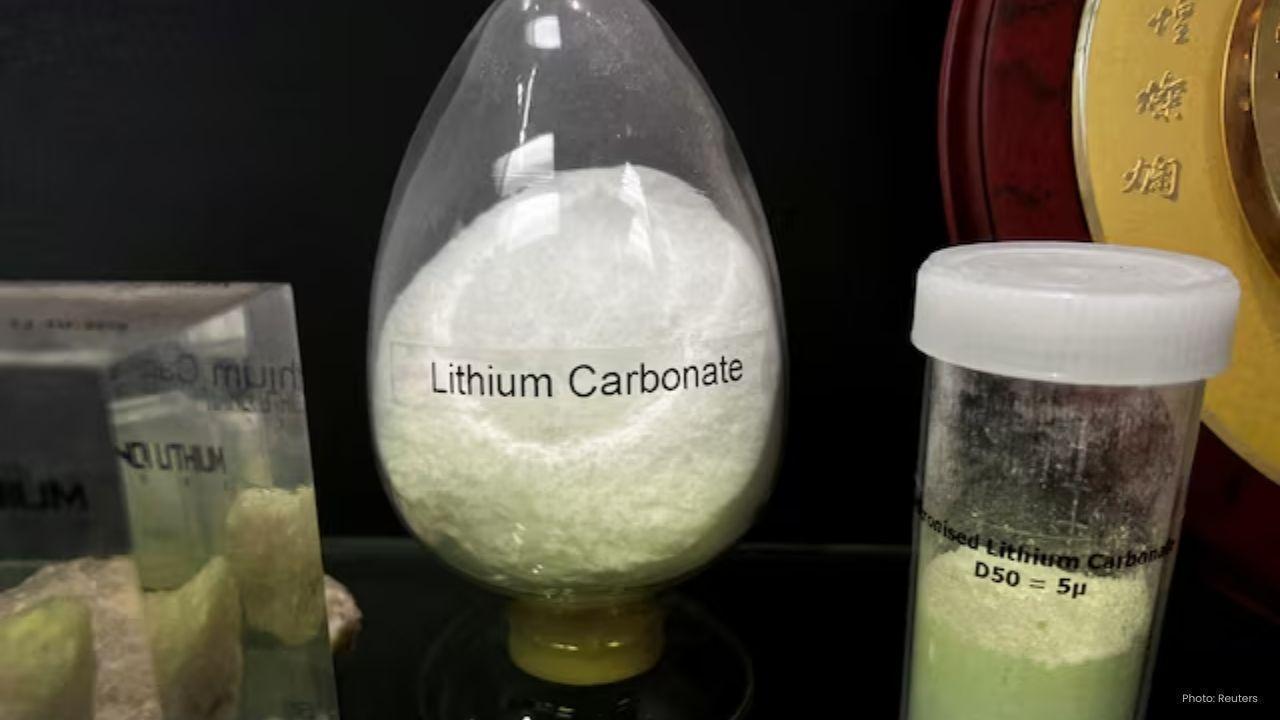
Post by : Vansh
As climate change accelerates and Earth's resources face increasing pressure, humanity's long-standing fascination with Mars has transformed from curiosity into strategic ambition. Could the barren, red expanse of Mars one day resemble Earth? The idea of terraforming Mars—altering its environment to support human life—has captivated scientists, visionaries, and futurists alike. But is it truly possible to make the Red Planet our Second Earth, or is this just a futuristic dream?
The concept of turning Mars into a habitable planet isn’t new. It has been widely discussed in science fiction for decades, and now, it’s entering the realm of serious scientific inquiry. Elon Musk’s SpaceX, NASA, and space agencies worldwide have expressed interest in establishing long-term human settlements on Mars. The motivations are clear: ensuring human survival beyond Earth, sparking innovation, and exploring new frontiers.
Terraforming tomorrow means preparing not just for exploration but for long-term habitation—creating self-sustaining ecosystems, breathable air, and livable climates in one of the harshest environments imaginable.
Compared to other planets in our solar system, Mars has a few promising features that make terraforming Mars somewhat feasible:
Day length: A Martian day is only 37 minutes longer than Earth’s.
Gravity: Mars has about 38% of Earth’s gravity—enough to potentially support human adaptation over time.
Water ice: Mars has polar ice caps and signs of water beneath its surface.
Atmosphere: Though extremely thin and composed mostly of carbon dioxide, it could be the foundation for photosynthetic oxygen generation.
These factors make Mars more appealing than other celestial bodies, but the planet remains cold, dry, and hostile to life as we know it.
Terraforming Mars would involve several large-scale and long-term initiatives. Here are some proposed strategies:
Thickening the Atmosphere:
To support life, Mars would need a thicker atmosphere. Scientists have proposed releasing greenhouse gases like CO₂ to warm the planet. This could melt the polar ice caps, releasing more CO₂ and water vapor—triggering a feedback loop that heats the surface and potentially supports liquid water.
Creating a Magnetic Shield:
One of the biggest obstacles to terraforming Mars is its lack of a magnetic field. Without it, solar winds strip away the atmosphere. Some researchers suggest placing an artificial magnetic shield at Mars' L1 Lagrange point to protect the planet from solar radiation.
Introducing Oxygen:
Oxygen could be produced by photosynthetic microorganisms like cyanobacteria or by using machines such as MOXIE (Mars Oxygen In-Situ Resource Utilization Experiment), which converts CO₂ into oxygen.
Temperature Regulation:
Mirrors in orbit or ground-based heating units could direct sunlight onto Mars’ surface to raise the temperature. Dark dust from Phobos (Mars’ moon) could be spread across polar regions to absorb heat and accelerate ice melt.
Water Distribution:
Unlocking underground aquifers, melting ice, or even transporting water from asteroids could help sustain human settlements and plant life.
Despite the bold ideas, terraforming Mars remains highly theoretical. The challenges are immense:
Time Scale:
Even optimistic estimates suggest that terraforming Mars would take centuries—if not millennia—to complete.
Technological Limitations:
Current technology isn't advanced enough to carry out terraforming on a planetary scale. Infrastructure, energy sources, and self-sustaining systems need dramatic advancement.
Ethical Concerns:
Some scientists argue that we should not alter Mars before understanding its natural state, especially if microbial Martian life exists. Terraforming could erase evidence of Mars’ natural history and potential biosignatures.
Cost:
The financial investment required would be astronomical—running into trillions of dollars. Who will fund it? Governments, private corporations, or international coalitions?
Planetary Protection:
Introducing Earth organisms to Mars may contaminate its ecosystem. Planetary protection protocols must be in place to avoid harmful cross-contamination.
Although true terraforming is still far away, small steps are being taken:
NASA’s Perseverance Rover is currently studying Martian soil and testing the MOXIE device to convert carbon dioxide into oxygen.
SpaceX is developing reusable spacecraft (Starship) to transport cargo and eventually people to Mars.
Research in closed-loop ecosystems, regenerative agriculture, and life-support systems on Earth is helping scientists design Martian habitats.
These early experiments may eventually become part of a larger blueprint for terraforming tomorrow.
This article is intended for informational and educational purposes only. The content is based on current scientific theories, speculative research, and technological projections related to Mars and space exploration. Readers should note that many concepts discussed remain hypothetical and subject to future validation. Published by MiddleEastBulletin, this article does not constitute scientific advice or official policy.










Pageau's Overtime Goal Propels Islanders to 4-3 Victory Over Golden Knights
In a thrilling overtime finish, Jean-Gabriel Pageau leads the Islanders past the Golden Knights 4-3,

MLB Awards: deGrom and Acuna Jr. Shine as Comeback Players
Jacob deGrom and Ronald Acuna Jr. celebrated MLB Comeback Player Awards, alongside Ohtani and Judge

Portugal Confronts Ireland in Pivotal World Cup Qualifier
Portugal, led by Cristiano Ronaldo, faces Ireland in a vital Group F World Cup qualifier that could

Haaland's Brilliance Leads Norway to 4-1 Victory Against Estonia
Erling Haaland showcases leadership as Norway crushes Estonia 4-1, boosting their World Cup ambition

Hawks Triumph Over Jazz; Suns and Raptors Secure Victories
Hawks' Onyeka Okongwu and Jalen Johnson lead in a thrilling win against Jazz; Suns and Raptors also

Indian Men's Recurve Team Clinches First Asian Gold in Nearly Two Decades
The Indian men's recurve team triumphed over South Korea, securing their first Asian gold in 18 year